Design Delight: Barcelona's Architectural Wonders
Embark on a captivating journey through Barcelona's iconic designs. This free walking tour highlights stunning landmarks, perfect for design enthusiasts with four hours to explore.
Time
4 Hours
Stops
9 Places
Distance
4.0 km
Casa Batlló
Start your tour at Casa Batlló, a masterpiece of modernist architecture by Antoni Gaudí, showcasing the innovative design that defines Barcelona.
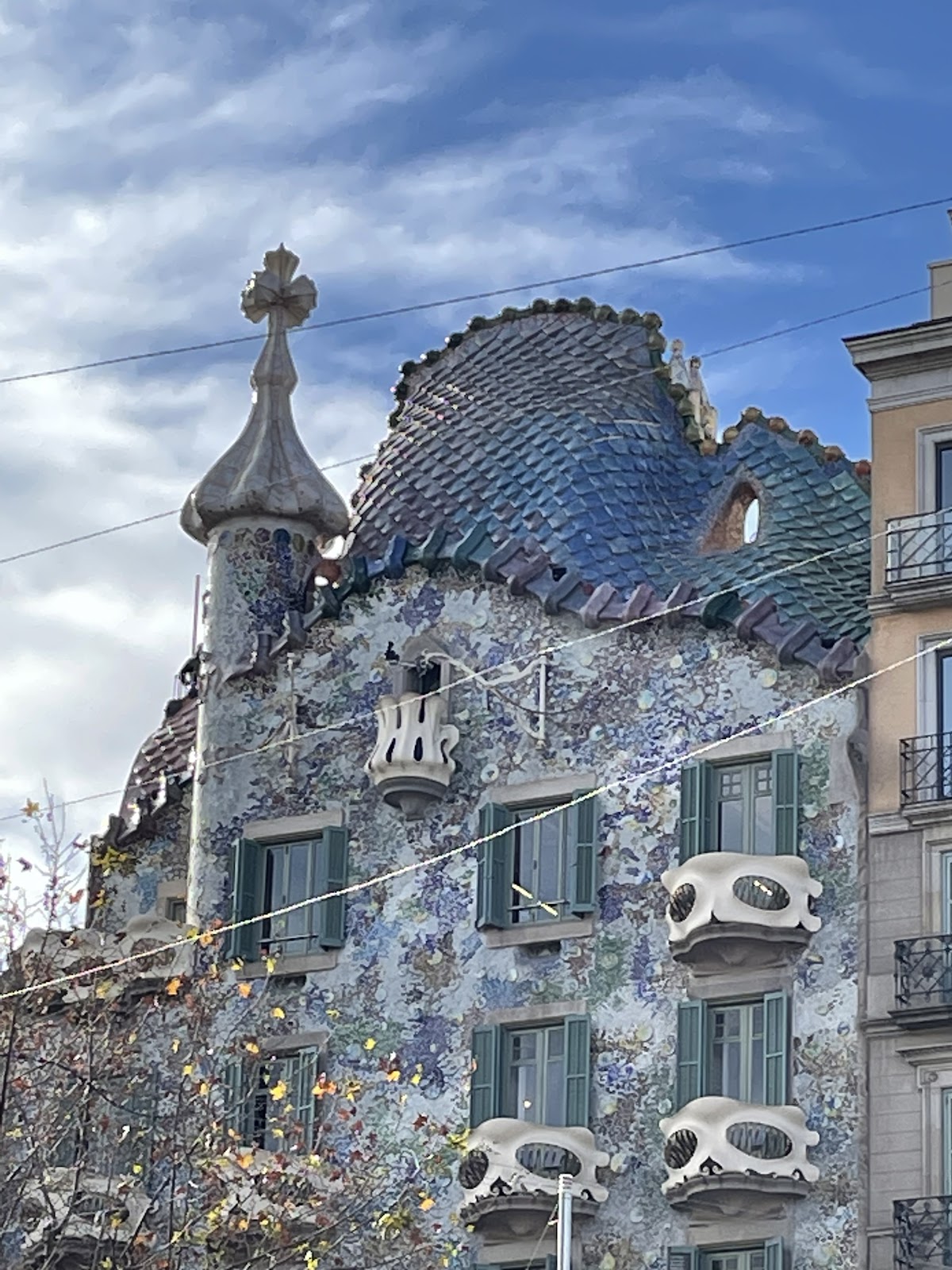
Casa Batlló (Source: Google Maps)
Casa Batlló is an iconic building designed by the renowned architect Antoni Gaudí, completed in 1906. It is famous for its unique skeletal structure and vibrant colors, which are reminiscent of marine life. Gaudí's design incorporates organic shapes and natural light, creating an otherworldly atmosphere. The façade is adorned with mosaic tiles made of broken ceramic pieces, giving it a shimmering effect. Inside, the rooms feature flowing lines and whimsical details, such as the famous 'noble floor' which showcases Gaudí's innovative use of space and light. Casa Batlló is not just a house; it represents Gaudí's vision of harmony between architecture and nature, making it a UNESCO World Heritage site and a must-see for any design lover.
Casa Amatller
Located next to Casa Batlló, Casa Amatller is a striking example of Modernisme architecture, designed by Josep Puig i Cadafalch, with its unique facade and detailed interior.
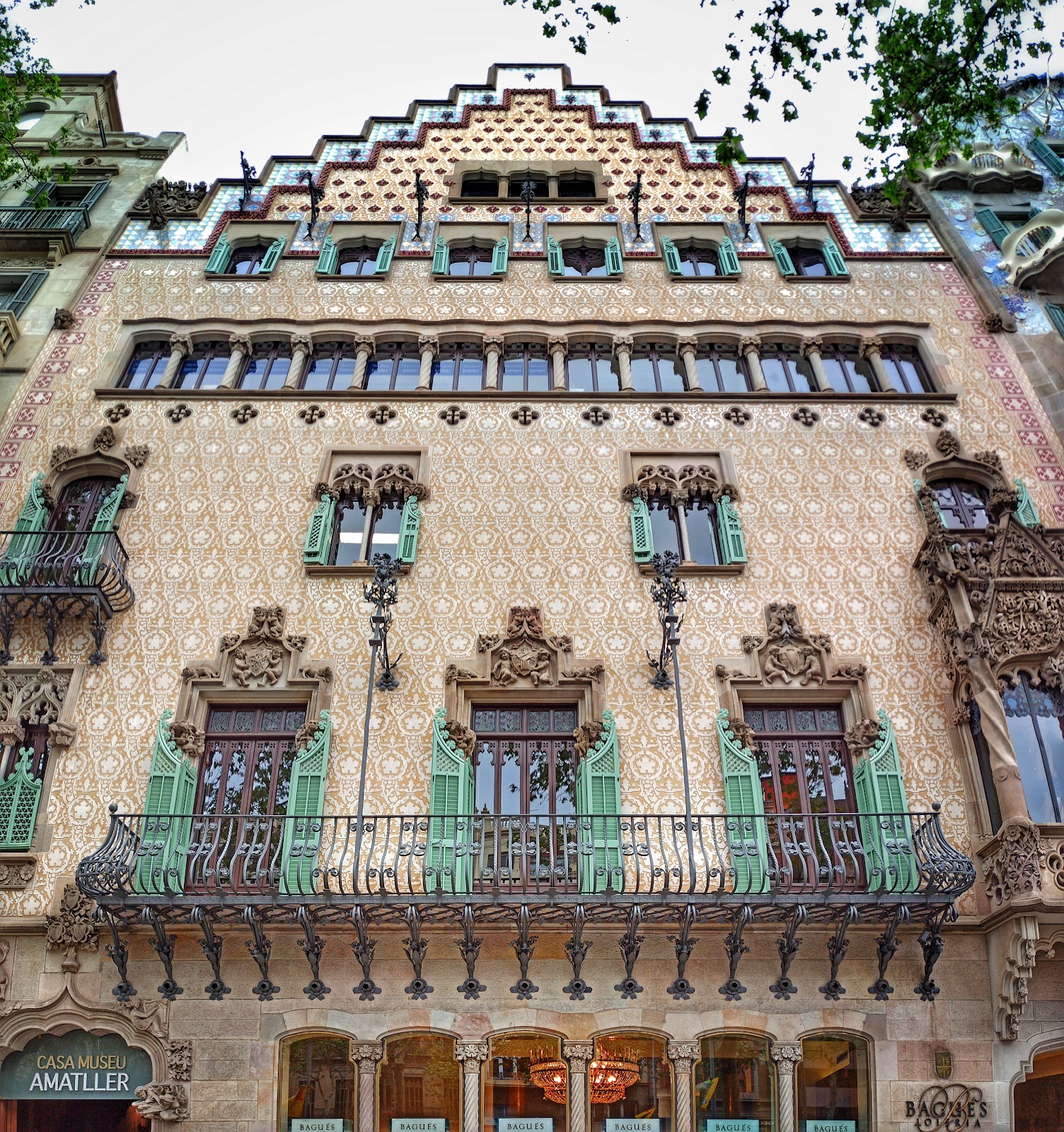
Casa Amatller (Source: Google Maps)
Adjacent to Casa Batlló, Casa Amatller is a prime example of Catalan Modernisme, designed by architect Josep Puig i Cadafalch in 1900. The building is characterized by its striking façade, which features a combination of Gothic and Flemish architectural elements. The intricate details, such as the ornamental sculptures and the unique roofline, make it a standout among the surrounding buildings. Inside, visitors can find beautifully crafted interiors that reflect the artistic movement of the time, with stained glass, woodwork, and mosaics that tell the story of the family's history. Casa Amatller is part of the 'Manzana de la Discordia' and serves as a testament to the architectural innovation that flourished in Barcelona during the early 20th century.
La Pedrera (Casa Milà)
Continue to La Pedrera, another of Gaudí's architectural wonders, known for its undulating stone facade and innovative rooftop.
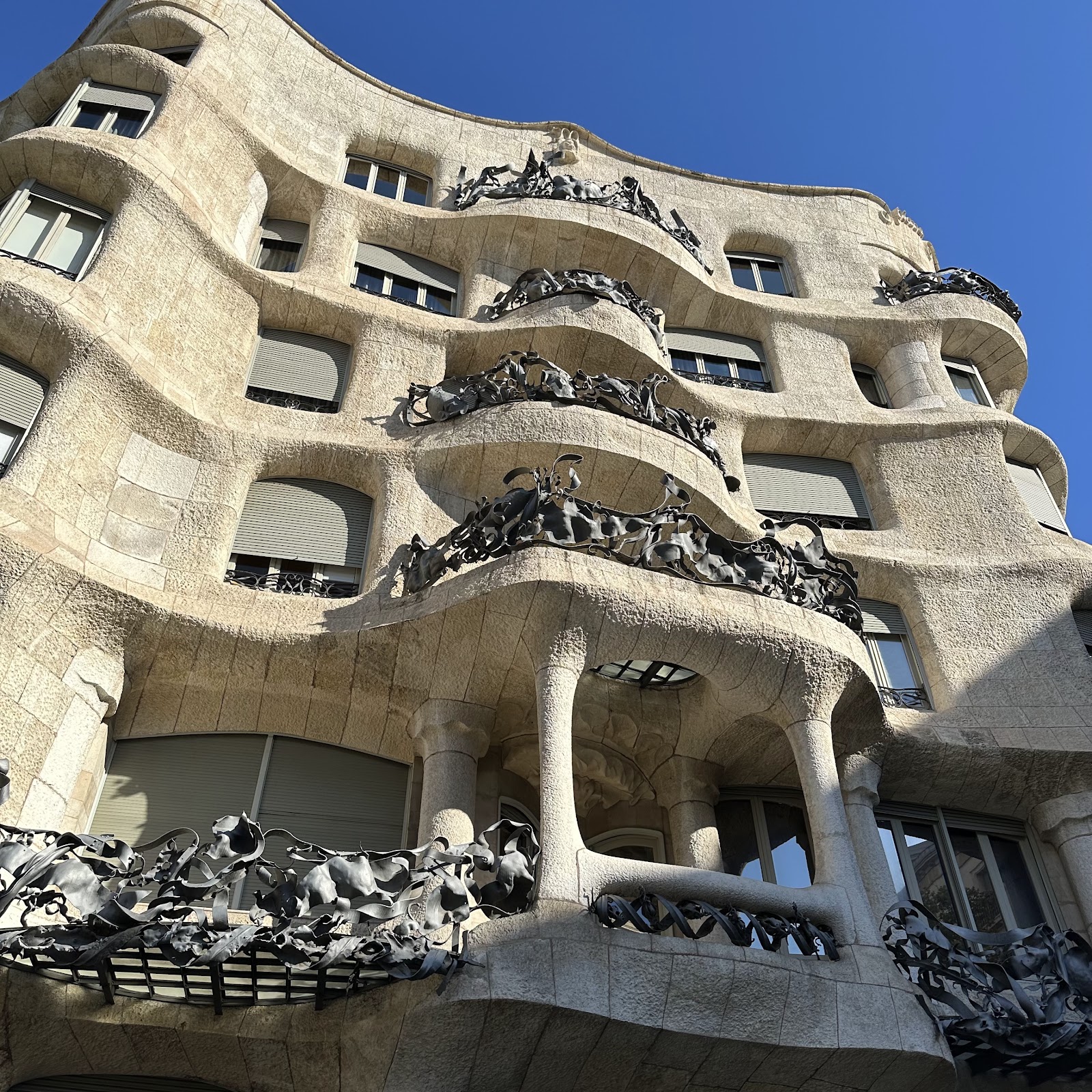
La Pedrera (Casa Milà) (Source: Google Maps)
La Pedrera, also known as Casa Milà, is another masterpiece by Antoni Gaudí, completed in 1912. This building is famous for its undulating stone façade and innovative ironwork balconies, which challenge conventional architectural norms. The structure is designed without straight lines, evoking the natural forms of the landscape. The rooftop, adorned with sculptural chimneys, offers stunning views of the city and showcases Gaudí's imaginative approach to design. Inside, the apartments reflect the modernist style with open spaces and intricate details. La Pedrera has been recognized as a UNESCO World Heritage site, symbolizing Gaudí's revolutionary vision and his ability to blend functionality with art.
El Nacional
A short walk away, El Nacional is a beautifully designed food hall offering a variety of Spanish cuisines, perfect for a quick coffee or snack break.
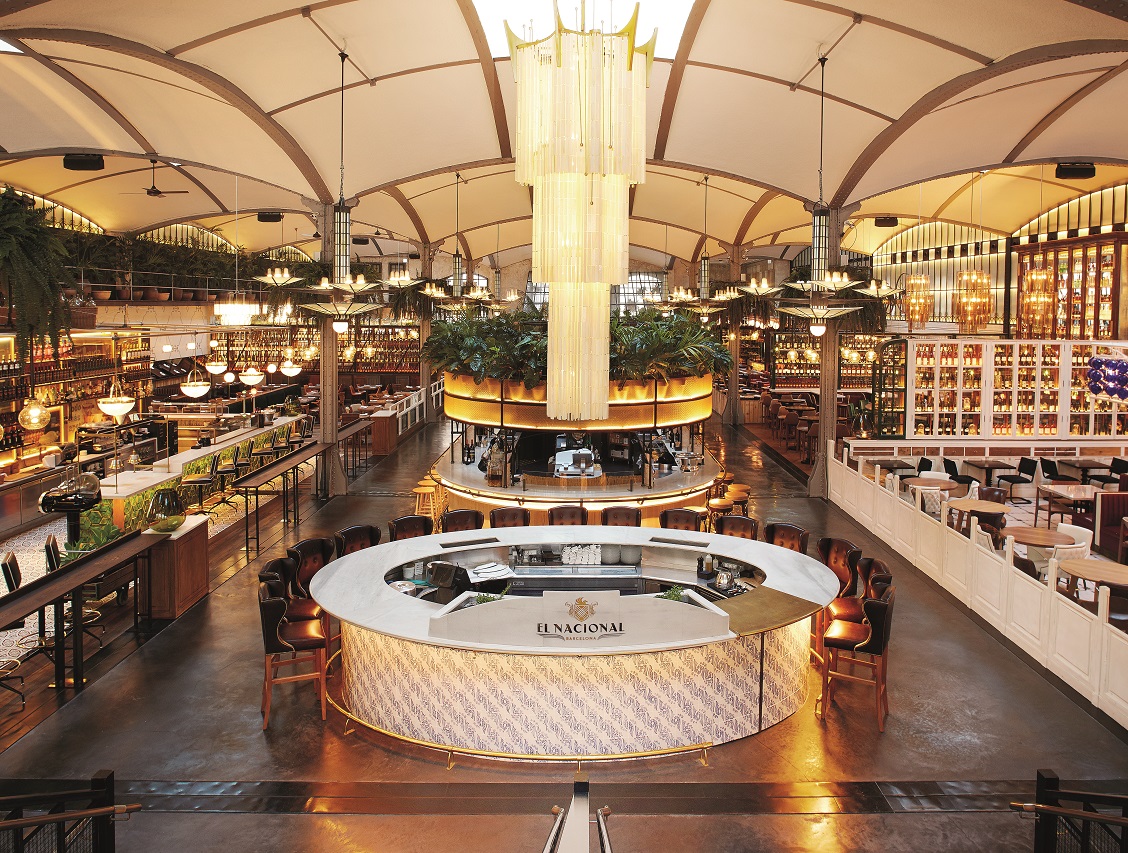
El Nacional (Source: Google Maps)
Passeig de Gràcia
Stroll down Passeig de Gràcia, one of Barcelona's most famous avenues, lined with stunning examples of modernist architecture and high-end boutiques.
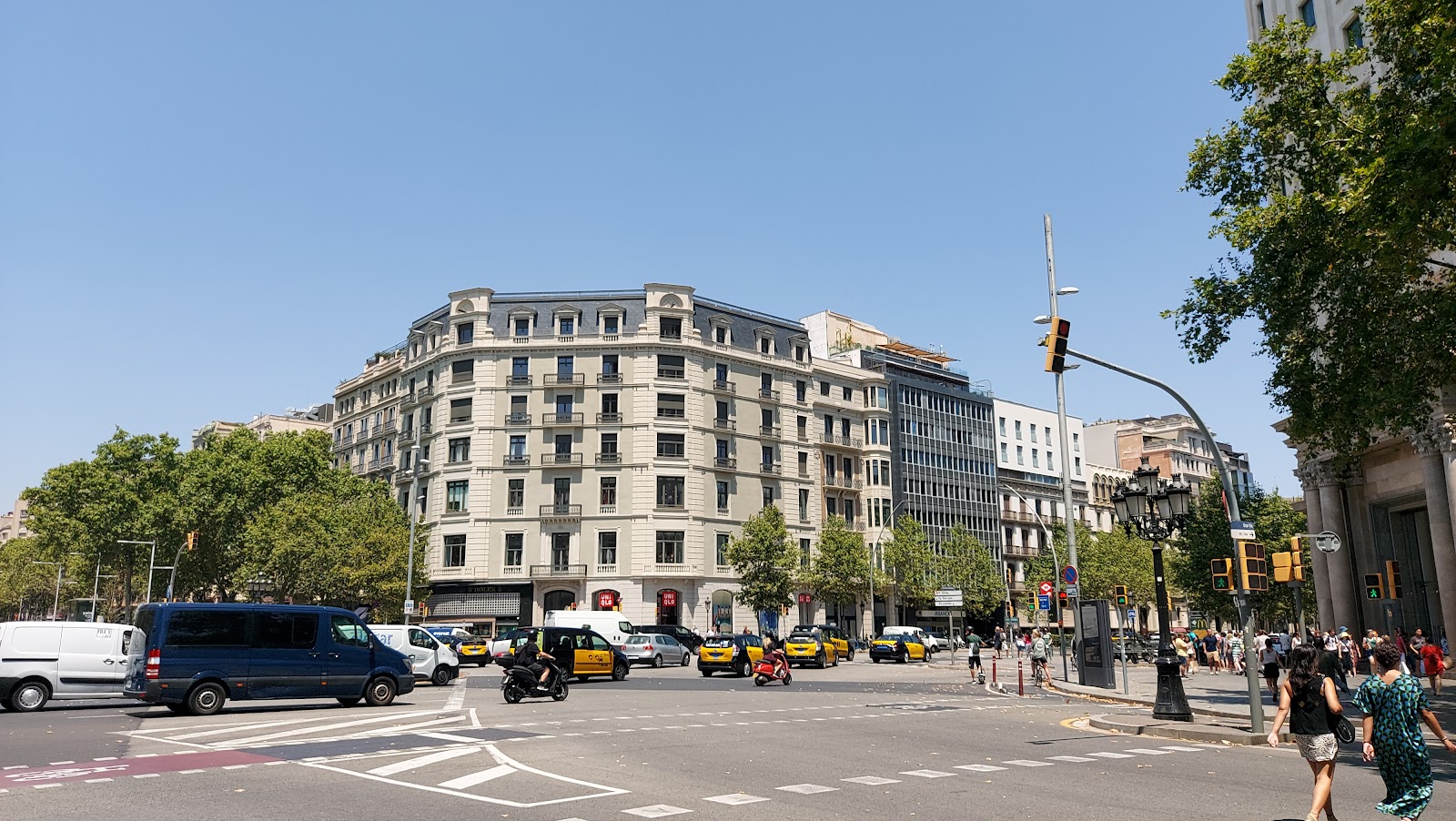
Passeig de Gràcia (Source: Google Maps)
Passeig de Gràcia is one of the most famous avenues in Barcelona, renowned for its stunning architecture and high-end shopping. This boulevard is lined with remarkable examples of Modernisme, showcasing the works of iconic architects such as Antoni Gaudí and Lluís Domènech i Montaner. The avenue serves as a showcase of Catalan modernist architecture, featuring elaborate façades, intricate stone carvings, and decorative tiles. Passeig de Gràcia is not only a hub for luxury boutiques but also a cultural landmark that reflects the city's artistic heritage. The boulevard has been a vital part of Barcelona's urban landscape since the late 19th century and remains a vibrant center for both locals and tourists.
Palau de la Música Catalana
Head to the Palau de la Música Catalana, an iconic concert hall designed by Lluís Domènech i Montaner, celebrated for its ornate facade and dazzling interior.
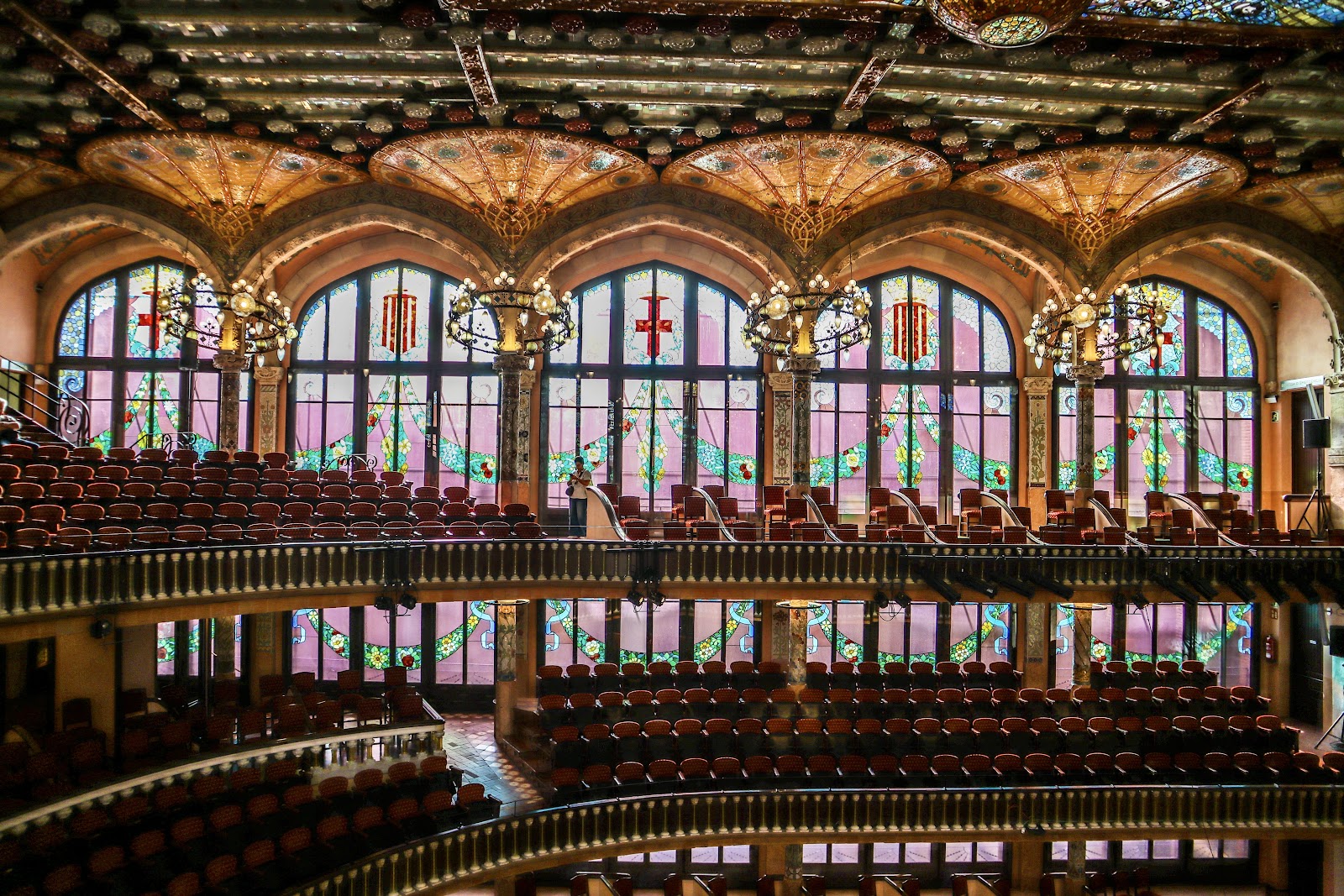
Palau de la Música Catalana (Source: Google Maps)
The Palau de la Música Catalana, designed by architect Lluís Domènech i Montaner, is one of the most important concert halls in Spain, completed in 1908. This UNESCO World Heritage site is celebrated for its stunning modernist architecture, featuring a richly decorated façade and an opulent interior. The concert hall is famous for its breathtaking stained-glass skylight, which bathes the space in natural light, creating a magical atmosphere for performances. The intricate mosaics, sculptures, and floral motifs throughout the building reflect Catalonia's artistic spirit. The Palau is not only a venue for music but also a symbol of Catalan culture, embodying the intersection of art, architecture, and music.
Barcelona Cathedral
Visit the Barcelona Cathedral, a stunning example of Gothic architecture, with its impressive facade and beautiful cloister.
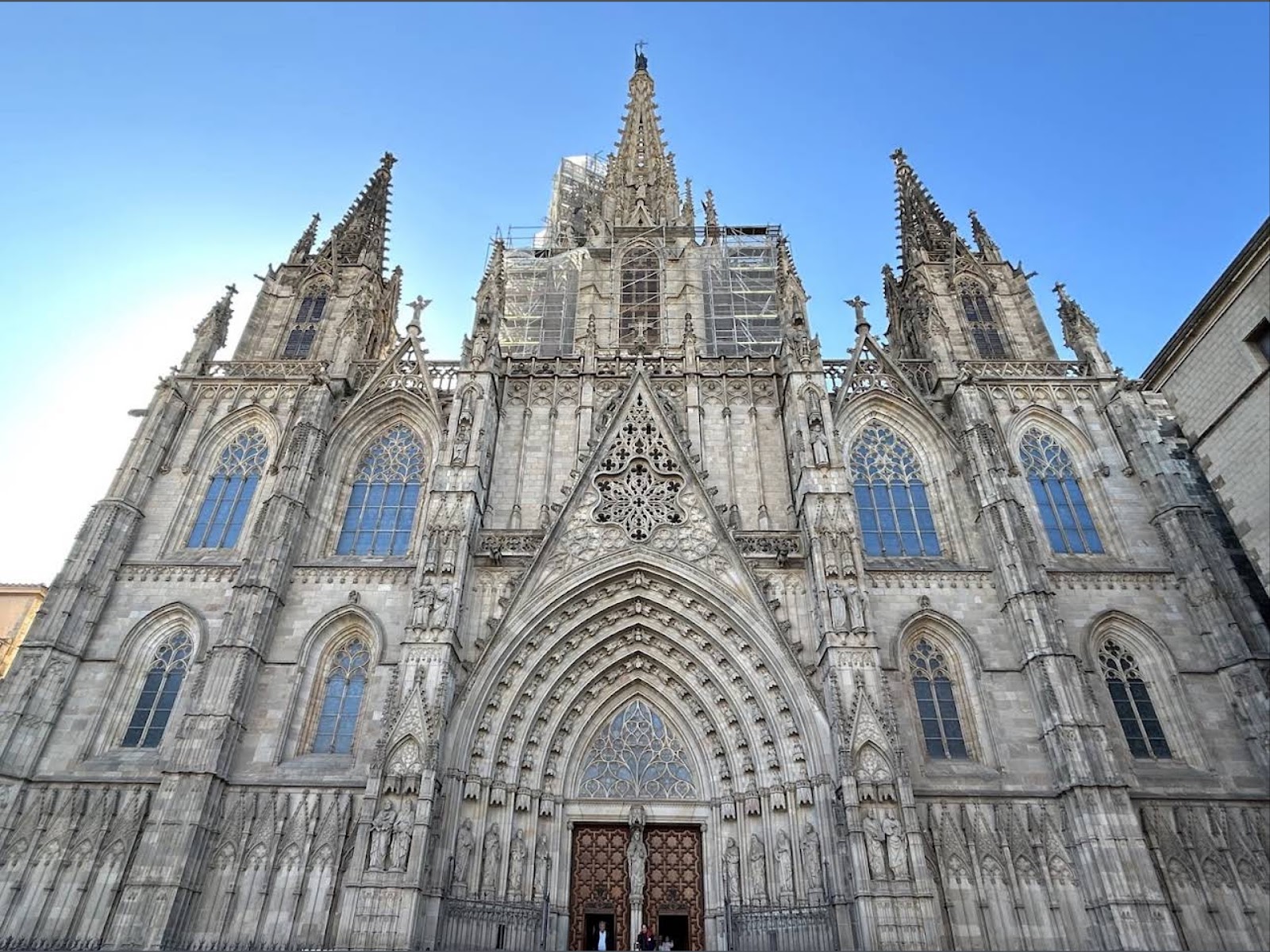
Barcelona Cathedral (Source: Google Maps)
The Barcelona Cathedral, also known as the Cathedral of the Holy Cross and Saint Eulalia, is a magnificent example of Gothic architecture, completed in the late 13th century. Its stunning façade features intricate sculptures and a striking central spire that dominates the skyline. The cathedral is dedicated to Saint Eulalia, the co-patron saint of Barcelona, and houses her tomb in the crypt. Inside, visitors are greeted by soaring vaulted ceilings, beautiful stained glass windows, and a serene cloister that provides a peaceful retreat from the bustling city. The cathedral is a significant religious site and a symbol of Barcelona's rich history, attracting visitors from around the world.
Gothic Quarter (Barri Gòtic)
Explore the narrow, winding streets of the Gothic Quarter, where you'll find medieval architecture and charming squares that tell the city's ancient history.
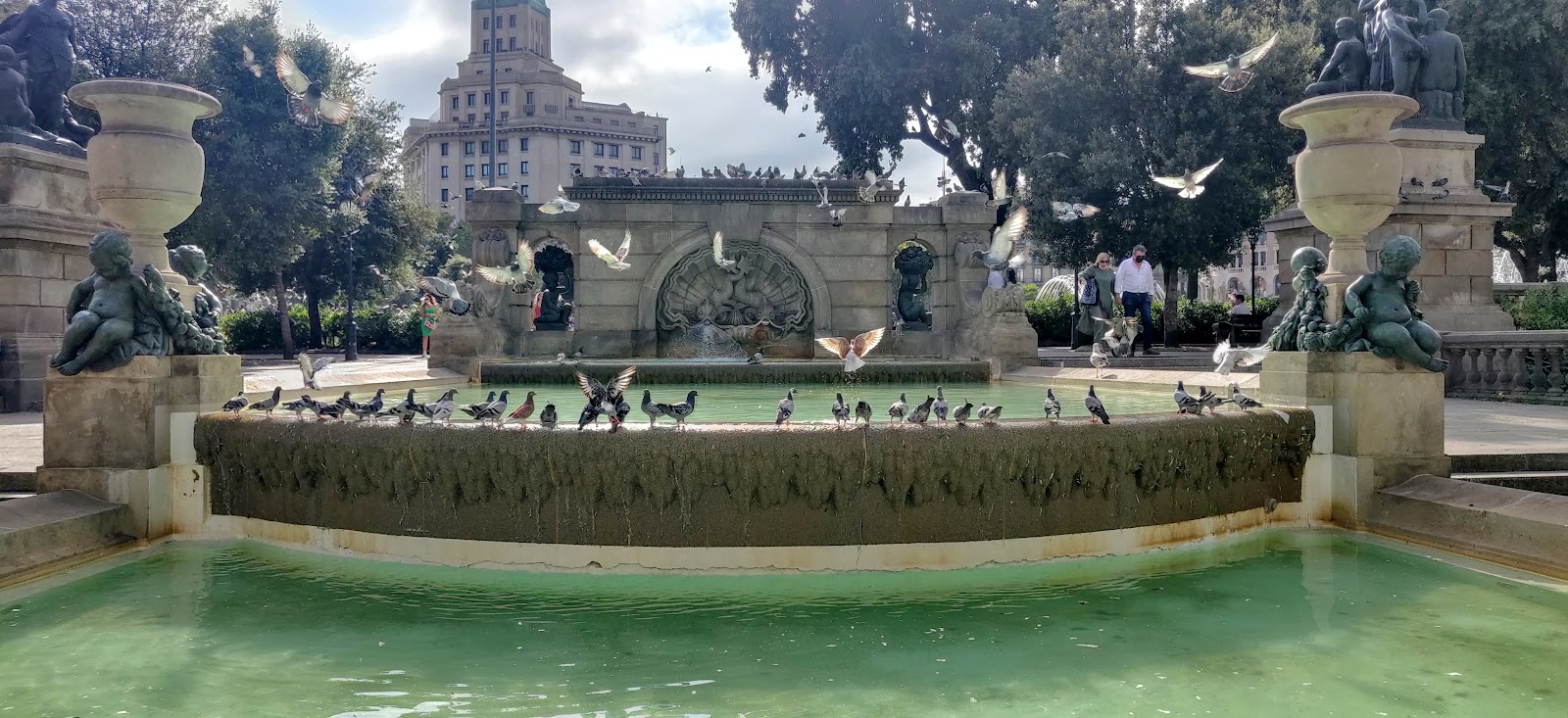
Gothic Quarter (Barri Gòtic) (Source: Google Maps)
The Gothic Quarter, known as Barri Gòtic, is the historic heart of Barcelona, characterized by its narrow, winding streets and medieval architecture. This area dates back to Roman times and features remnants of the ancient city, including the remains of the Roman wall. The Gothic Quarter is home to many significant landmarks, such as the Barcelona Cathedral and Plaça del Rei, which showcase the city's rich history and cultural heritage. The neighborhood is known for its charming squares, quaint shops, and lively atmosphere, making it a popular destination for both locals and tourists. Exploring the Gothic Quarter offers a glimpse into Barcelona's past and its evolution over the centuries.
Els Quatre Gats
Conclude your tour at Els Quatre Gats, a historic cafe that was a meeting point for famous artists like Picasso, offering a glimpse into Barcelona's artistic past.
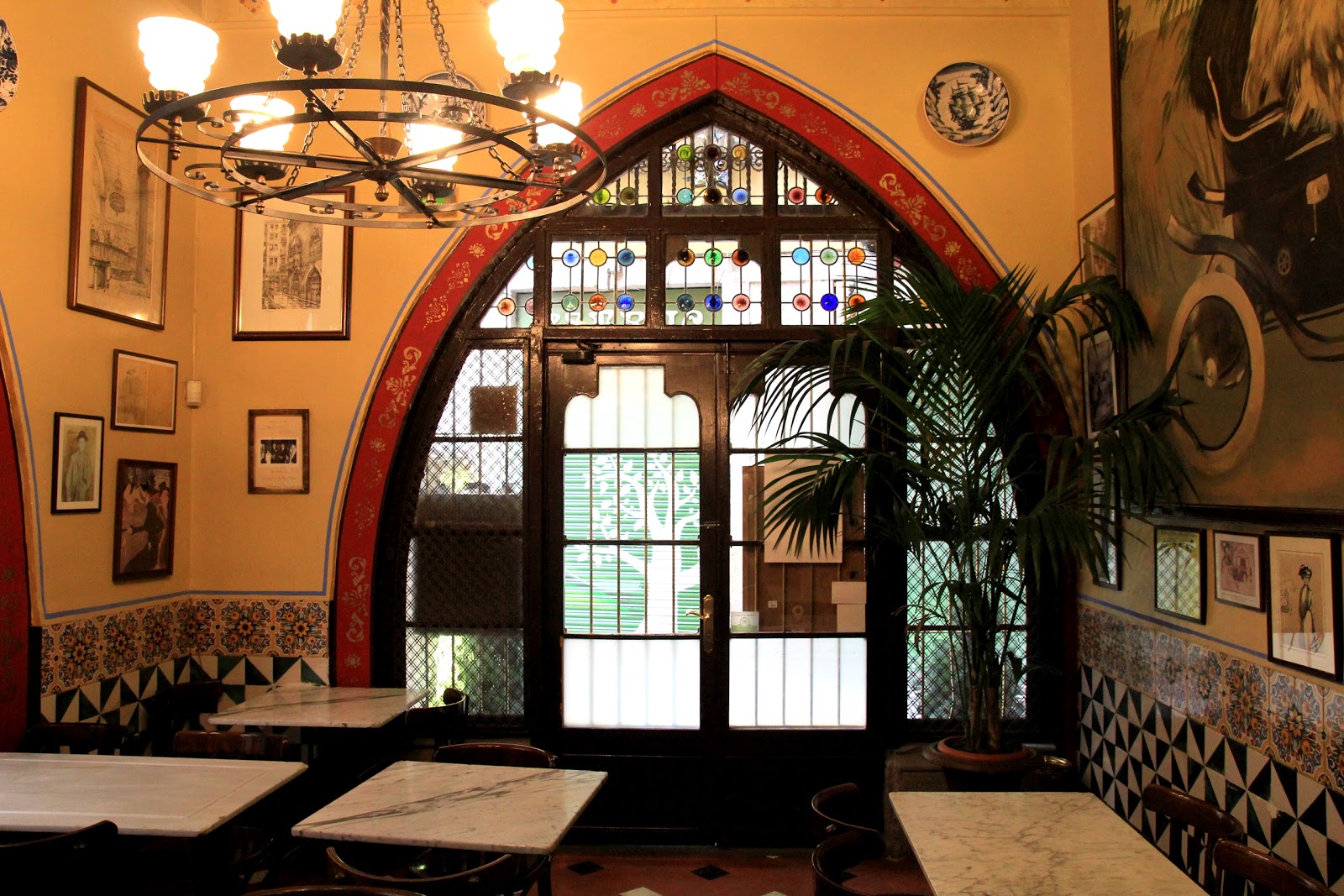
Els Quatre Gats (Source: Google Maps)

Your travels, your rules.
Create your own Free Walking Tours.
Set your preferences, distances and anything you want to do or see.
Completely free, no payment required.